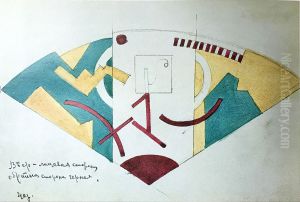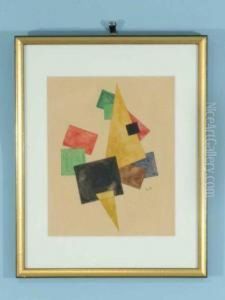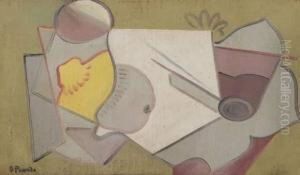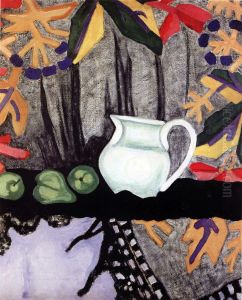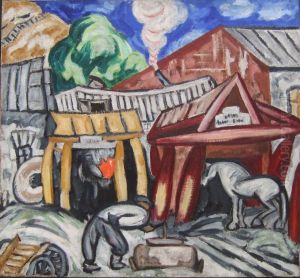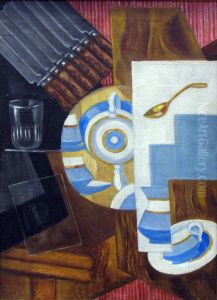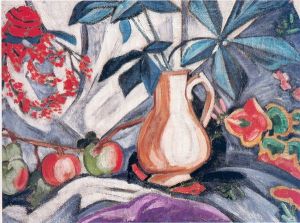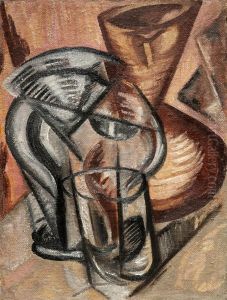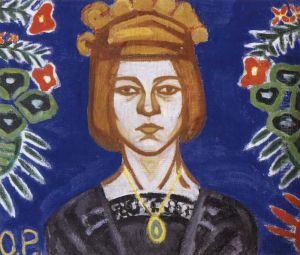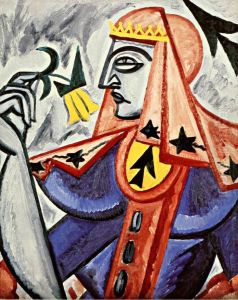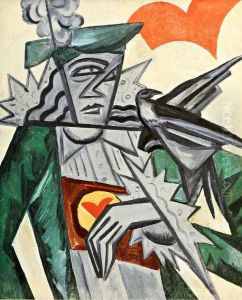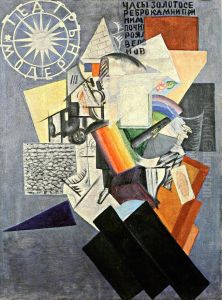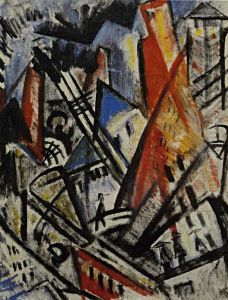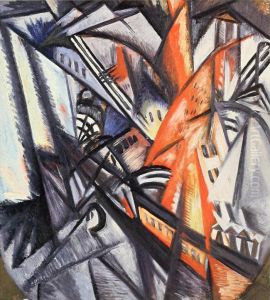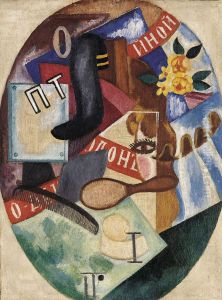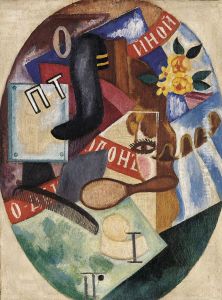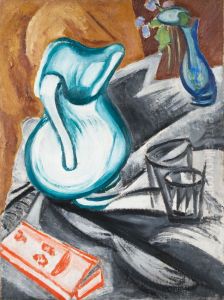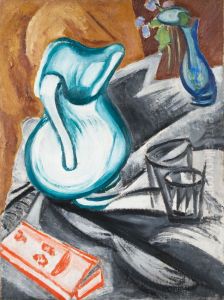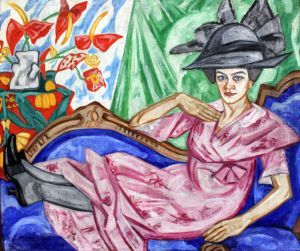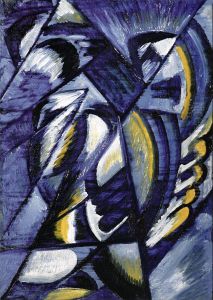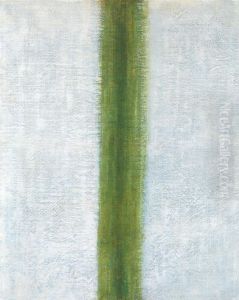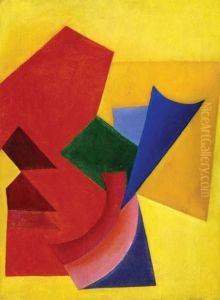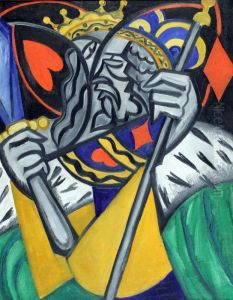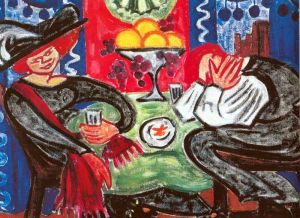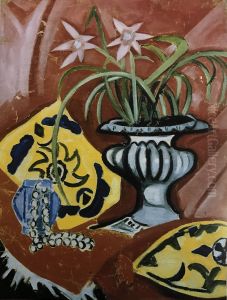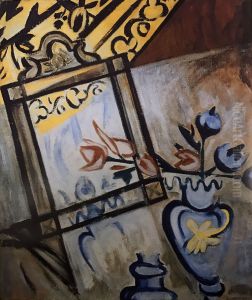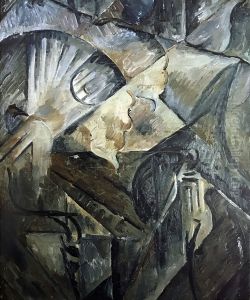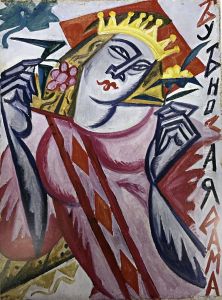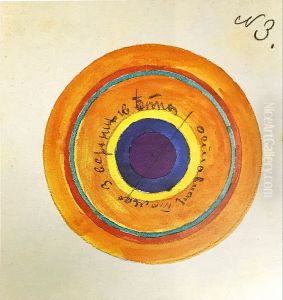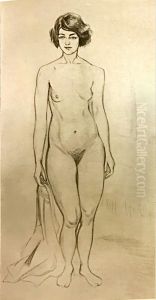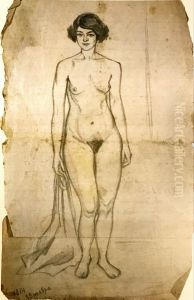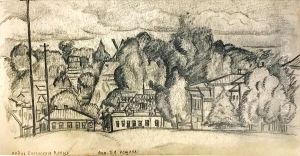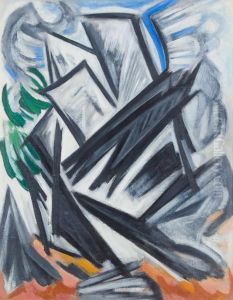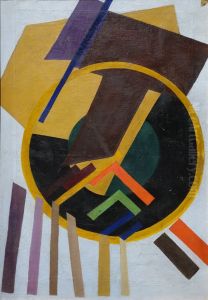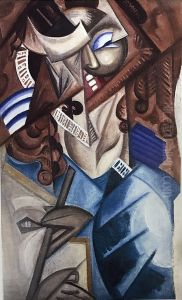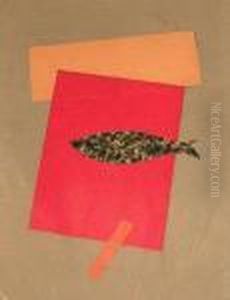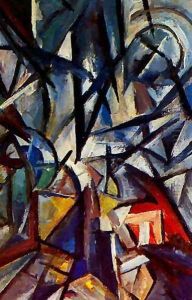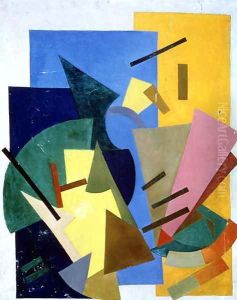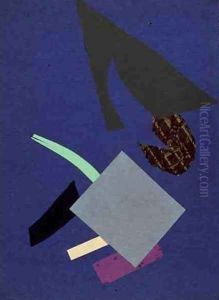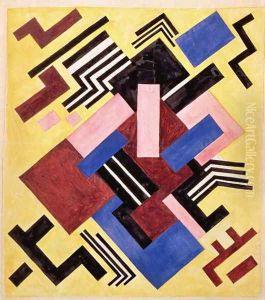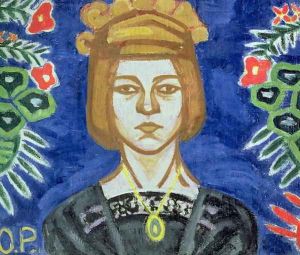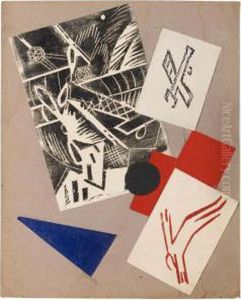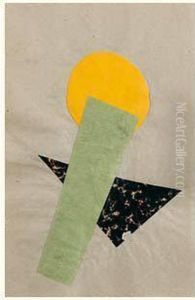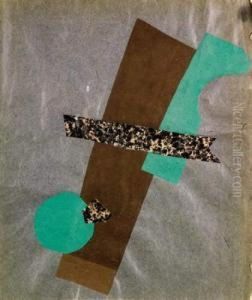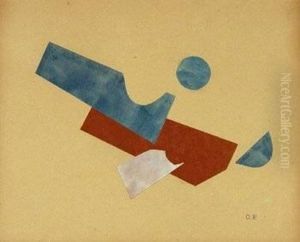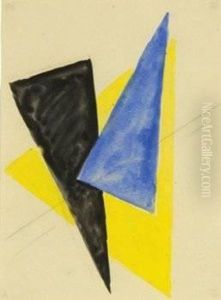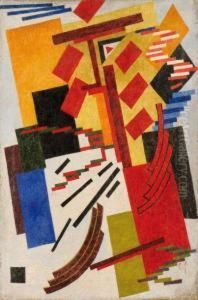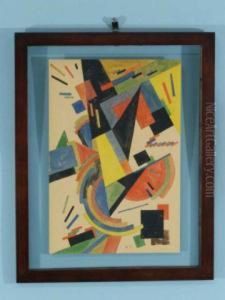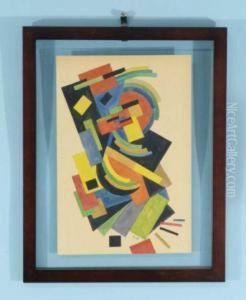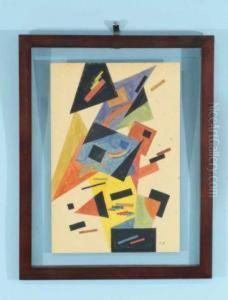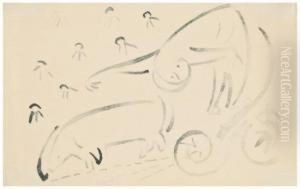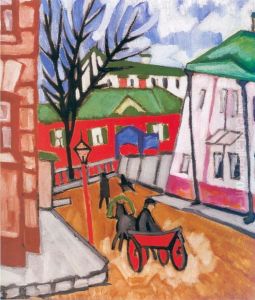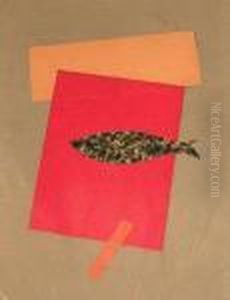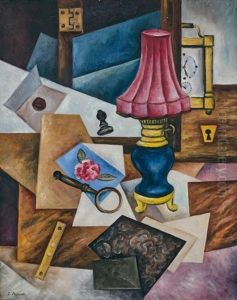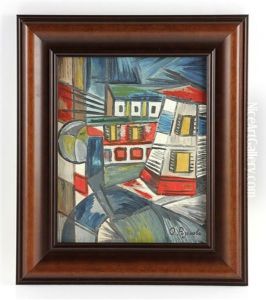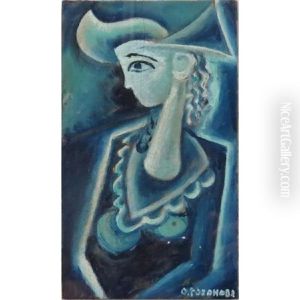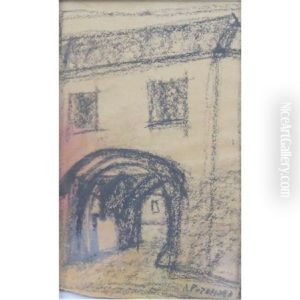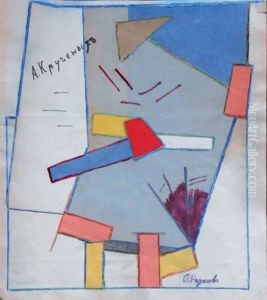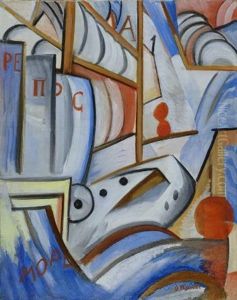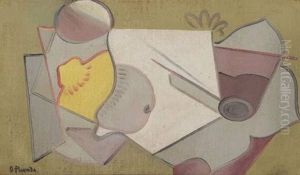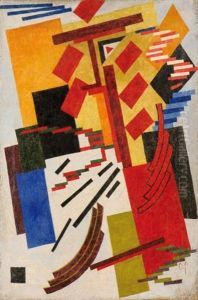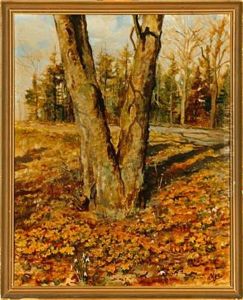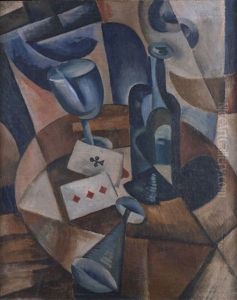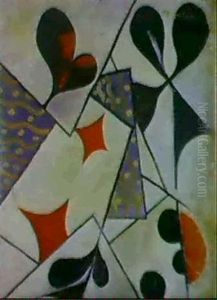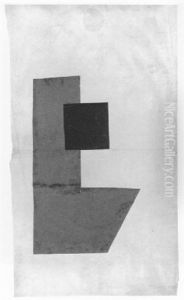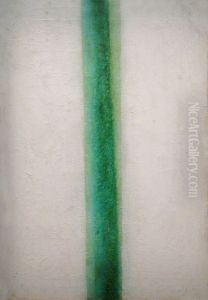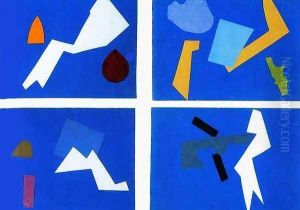Olga Rozanova Paintings
Olga Rozanova was a Russian avant-garde artist known for her contributions to the Russian Futurist movement and for her later work in abstract art that prefigured developments in non-objective art and Suprematism. Born on June 22, 1886, in Melenki, Vladimir Governorate, Russian Empire, Rozanova was educated at the Stroganov School of Applied Art in Moscow and later at the private studio of the artist Konstantin Yuon.
Rozanova's early work was influenced by traditional Russian folk art and the primitivism of artists like Natalia Goncharova and Mikhail Larionov. By 1912, she became actively involved with the Russian Futurists, a group of artists and poets who sought to break from the past and embrace the dynamism of modern life. She collaborated with Futurist poets, including Aleksei Kruchenykh, whom she married, on a number of artist's books that combined experimental poetry with innovative graphic designs and illustrations.
As her work evolved, Rozanova began to explore more abstract compositions, which resulted in a series of paintings that she called 'Color Painting' reflecting an interest in the intrinsic properties of color and shape. These works were characterized by bold colors and dynamic forms, and they marked her shift towards non-objective art. Her style continued to develop rapidly, and by 1916, she was creating works that were completely abstract, anticipating the flat planes of color and geometric shapes that would become hallmarks of Suprematism, a movement founded by Kazimir Malevich.
Sadly, Olga Rozanova's life and career were cut short by the Spanish flu pandemic. She died on November 7, 1918, at the age of 32, just as she was reaching the height of her creative powers. Despite her brief career, Rozanova left behind a significant body of work that has been influential in the history of modern art. Her paintings and graphic designs are held in the collections of major museums around the world, and she is celebrated for her innovative approach to color, form, and the creation of a new visual language in the early 20th century.
